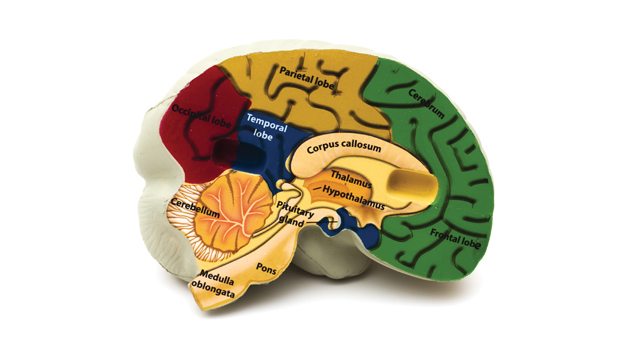Analyzing the PHAT Axis for Good Health
A failure to lose weight and regain energy, even after reducing calorie intake and increasing exercise, could indicate an imbalance in the complex, delicate relationship between the pituitary, hypothalamus, adrenal and thyroid (PHAT) glands in the body. The working relationship between these glands is sometimes called the PHAT axis.
- Pituitary: Think of this as the master gland of the body. It produces human growth hormone (HGH), regulates thyroid function, is responsible for metabolic energy and controls the sleep and wakefulness cycles.
- Hypothalamus: This gland is the control gland. It seeks to maintain the body in a state of homeostasis, or balance. The hypothalamus is critical for controlling endocrine function and the balance of our nervous system.
- Adrenal: The stress response is controlled here. Our fight-or-flight hormones are secreted here. Here we also make steroid hormones like estrogens, progesterone and testosterone. The primary hormone secreted here, cortisol, can be wonderful or harmful.
- Thyroid: The thyroid gland is interconnected with virtually every organ system in the body. Here we have direct links to lipid and carbohydrate metabolism.
One of the main culprits leading to an imbalance in the PHAT axis is stress. Instead of the normal fight-or-flight response that lasts a few seconds or minutes, we allow constant stressors to keep us in a state of high stress response and keep producing and distributing cortisol (natural cortisone) into our bodies. This ultimately leads to adrenal weakness, fatigue and failure. The condition stems from factors and chronic stressors that include sleep deprivation, excess caffeine and carbohydrate consumption, chronic pain, extreme exercise, long-term disease, decreased immune function and a generally unbalanced lifestyle.
Emotions can be a factor, too. Relationships, family, work and school all can put pressure on the system. Our environment can also be to blame. Recreational drugs, pesticides, herbicides, plastics, pollution and prescription medications all put the body under stress. Also known as adrenal insufficiency, the problem shows up with a set of symptoms ranging from chronic fatigue to infertility. We can experience weight gain (particularly belly fat), fatigue, insomnia, brain fog, skin problems, cold intolerance, depression, altered immune function, carbohydrate cravings, mood swings, hair loss and salt craving.
Some of these same symptoms may also be triggered by poor or lowered thyroid activity. A simple Barnes basal body temperature test will determine if the body’s basal temperature is being properly activated by the thyroid gland. Because these glands work in concert, it is important to determine if it’s a thyroid or an adrenal issue.
If it appears that the thyroid is weakened, a product like Millers Thyroid Support, along with tyrosine and perhaps even additional kelp to supply iodine may be indicated. If it appears that adrenal function is impaired, Millers Adrenal Support, Adreno Mend, Millers Active C 500, pantothenic acid, phosphatidyl serine, licorice root and Millers Balanced B 50 could provide relief. A protein-rich breakfast is key to taking metabolic pressure off the adrenal glands. A whey protein shake and a comprehensive multivitamin such as Douglas’ Energy-Sports formula will do the trick.
Candida (detrimental yeasts) could be at the root of the problem, as well. More than 50 percent of Americans are negatively impacted by an excess of Candida in their GI tract, sometimes a hidden source of stress on the body. There is a simple at-home saliva test to perform in 15 minutes to check Candida levels and achievable steps that can be taken now to put the PHAT axis in balance and get the body back to feeling good again.





























